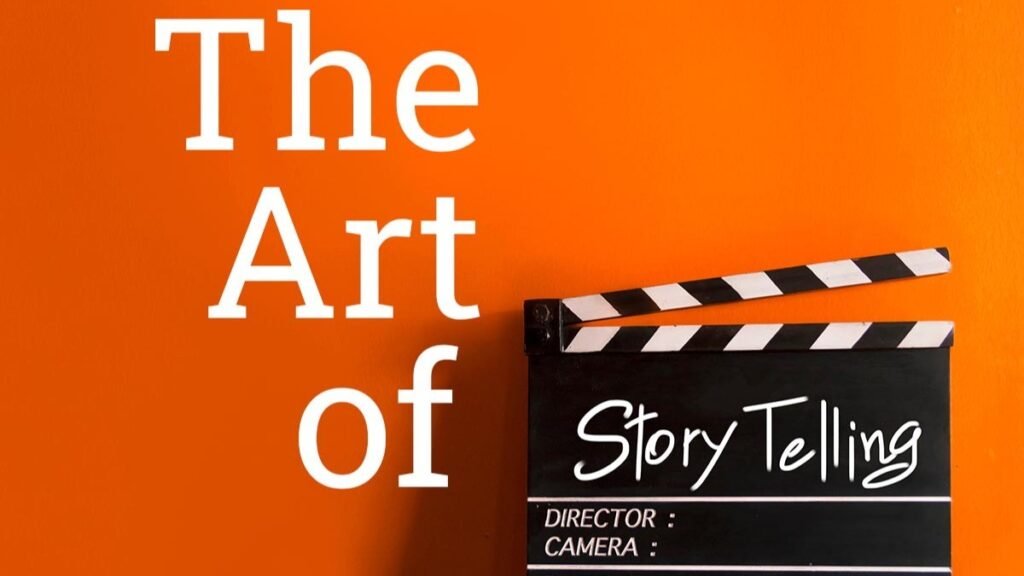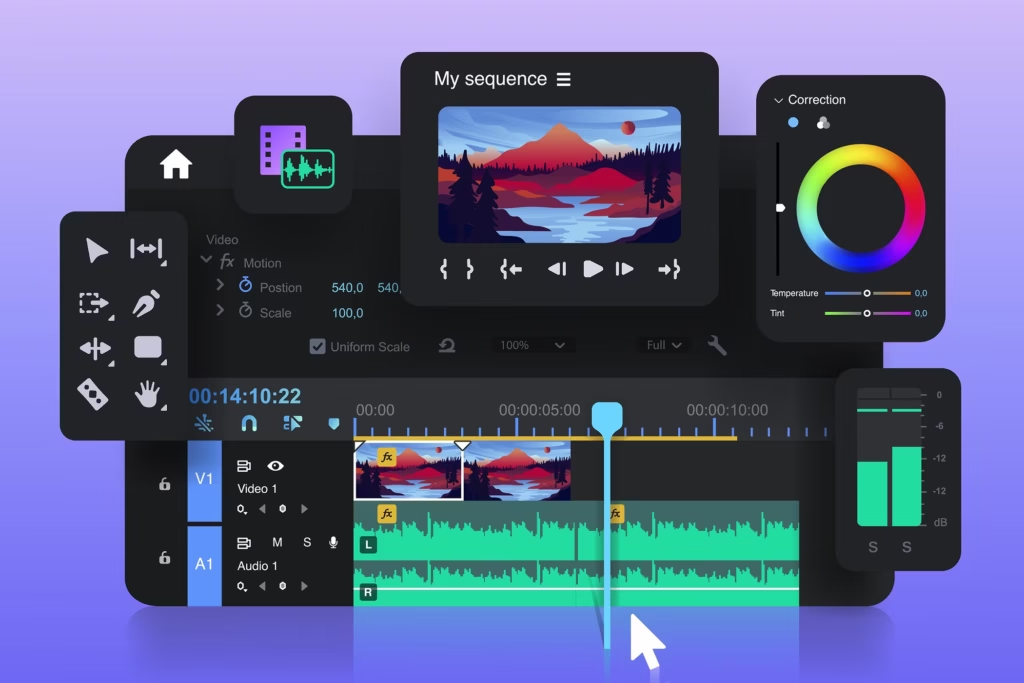Storytelling Through Cuts: Editing Ka Real Magic
Jab bhi hum storytelling ki baat karte hain—whether it’s cinema, advertising, ya Instagram Reels—humara focus hota hai script, visuals, ya performances par. But ek unsung hero hota hai jo silently story ka structure decide karta hai—editing. Har emotional moment, har breathtaking shot ke peeche hota hai ek skilled video editor, jo cuts ke through story ko shape karta hai, aur audience ke emotions ko control. At Vistaar, hum believe karte hain ki editing sirf post-production nahi hoti, yeh ek final rewrite hoti hai story ki. In this blog, let’s explore how editing in storytelling transforms raw footage into meaningful narratives—chahe wo short-form content ho ya ek cinematic brand film. The Editor: A Silent Storyteller Ek editor ka kaam hota hai invisible—but that’s what makes it so powerful. Socho apni favorite movie ya ad ke baare mein. What gave you goosebumps? The actors? Maybe. But real magic? The way it was edited. Cuts ka rhythm, scene ka pace, background silence—all these small things get combine the emotional storytelling journey. Editing decides: Kya dikhana hai Kab dikhana hai Aur kis angle se dikhana hai Why Cuts Matter: More Than Just Transitions Cut ek technical transition nahi, ek creative decision hota hai. Har cut audience ke emotion ko connect karta hai. Pacing aur Tension ka Control Fast cuts = thrill, energy, chaos Slow cuts = emotion, depth, silence Ek thriller film fast transitions se anxiety build karti hai, jabki ek emotional scene long takes ke through connect karta hai. Emotional Impact Banata Hai Kabhi bina kisi dialogue ke emotional ho gaye ho? That’s editing ka magic. Pause, silence, ya ek sudden cut can say more than words. Narrative Shape Karta Hai Kya dikhana hai aur kis order mein—this defines the story. Just like a sceen which includes the smiling child and same time the crying mother behind her. —Kuleshov Effect kehte hain isse, and it proves how editing defines storytelling meaning. From Raw Footage to Real Story Chahe ek brand ad ho, wedding film ya student portfolio—editing gives purpose to your footage. What brings it to life: Expressions ka right highlight Natural silences ka respect Transitions that flow seamlessly At Vistaar, we don’t show visuals, hum uske peeche ka emotion aur intent samajhte hain. Short-Form Content: Cuts That Hook Fast Reels, Shorts, Youtube – shorts — This mean short-form content editing is a different ball game. Pehle 3 seconds matter karte hain. That’s where cutting techniques like zoom cuts, whip pans, match cuts come in. Our motto: Hook karo, hold karo, aur hard hit do—sab kuch within seconds. Good editing turns a simple idea into scroll-stopping content. Editing is Psychology Too A great editor samajhta hai: Viewer kitni der tak ek shot dekh sakta hai Kab expectation todna hai Kab flow break karke surprise create karna hai Yeh hota hai invisible editing—so smooth that viewer ko pata bhi nahi chalta. Lekin kabhi kabhi jump cuts ya glitches bhi intentional use hote hain—to jolt the viewer with emotion. Tools & Techniques That Tell Stories Let’s look at key video editing techniques: Jump Cuts Time skip dikhane ke liye. Used in YouTube vlogs for relatability. Rhythm Cuts Music ke beat pe scene cut karna—for emotions that sync with audio. Match Cuts Visual continuity between scenes using shape, motion, or meaning. Cross-Cutting Two parallel stories ek saath dikhana—for suspense ya emotional depth. Har technique ek visual trick nahi, ek storytelling device hai. Vistaar’s Approach: Edit with Emotion At Vistaar, editing = feeling. Hum software se zyada story ko feel karte hain. Chahe wo ho: A cinematic brand film A creative Instagram reel A wedding teaser Or a powerful social message We don’t just deliver edits—we deliver connection. In the End, Every Cut Is a Choice Har perfect video ke peeche hoti hain hazaaron small decisions: Kya rakhna hai, kya hataana hai Kab pause lena hai Kab punch dena hai Editing in storytelling is invisible—but it’s what leaves the most visible impact. So next time jab koi video aapko move kare, ya inspire kare—remember: It’s not just how it was shot. It’s how it was edited. And at Vistaar, hum uss editing magic mein believe karte hain. Final Thought In a world full of digital noise, great editing brings clarity. It shapes your brand, strengthens your storytelling, and helps you truly connect with your audience. Let Vistaar—your trusted video editing service partner in India—help you bring out your best stories. Because har cut ke peeche hoti hai ek kahani.
Storytelling Through Cuts: Editing Ka Real Magic Read More »










